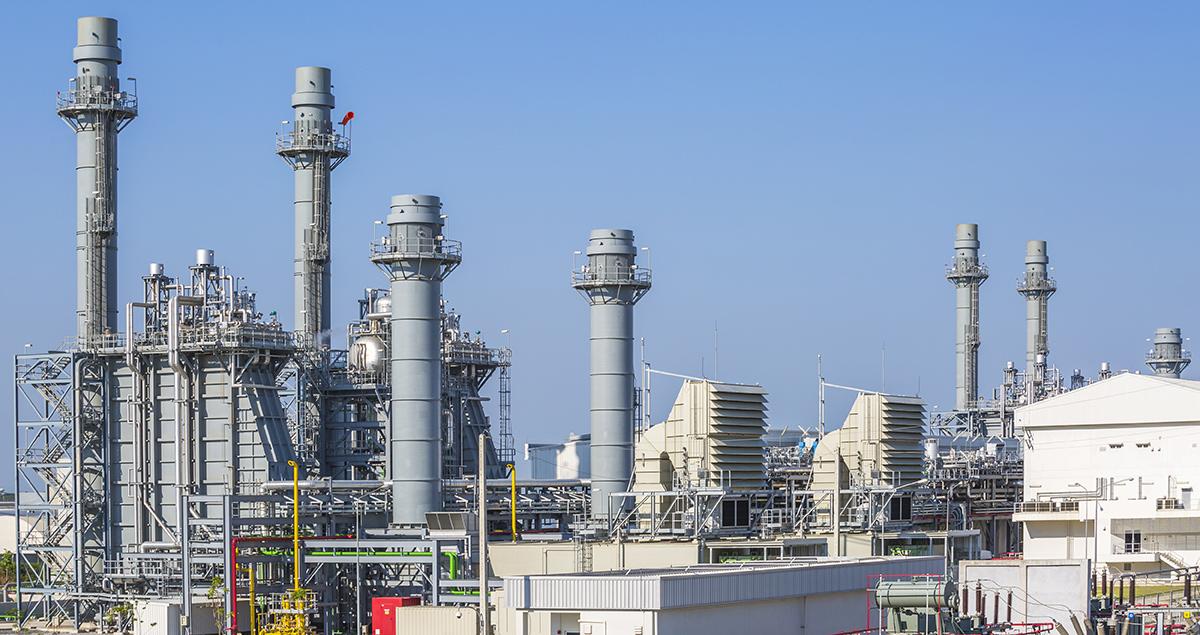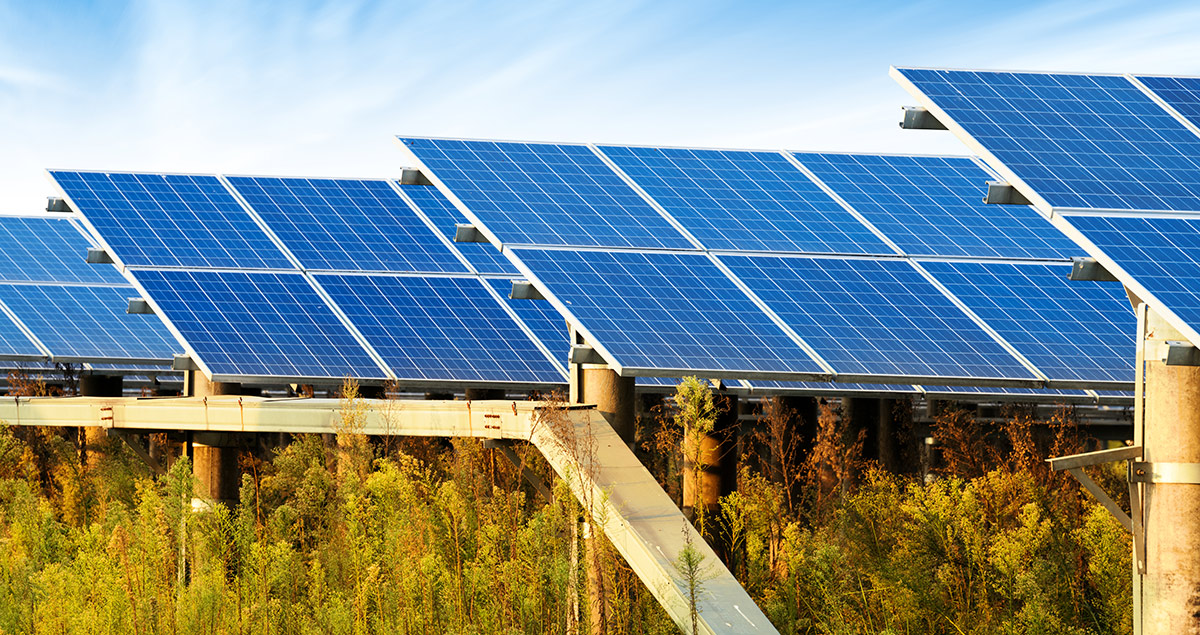Keeping the lights on in Bangladesh

If you’re one of the several billion people around the world who bought items of new clothing in the past decade, chances are at least one of your garments was made in Bangladesh.
So huge has Bangladesh’s textile industry become, nearly a third of the country’s GDP is associated with it and it is responsible for much of the growth that made Bangladesh the second-fastest growing major economy in 2016, according to the International Monetary Fund.
So it is easy to see why the country’s history of frequent and prolonged power cuts was presenting a huge problem for the industry, and the wider economy as a whole.
In 2014, a particularly severe blackout affecting 100 million of Bangladesh’s 160 million people occurred when a power line connecting the country to India fell.
The blackout highlighted the fragility of an energy system where a third of the population isn’t connected to the grid.
Load-shedding, where the grid operator intentionally cuts the power to protect the overall system, was until recently a regular occurrence in Dhaka, Bangladesh’s capital city.
It was a particular problem when temperatures were high and more of Dhaka’s residents turned to air conditioning units to keep cool.
But there are signs things are changing.
When temperatures in the capital reached 36⁰C during a heatwave in 2016, power supplies remained constant. Lights stayed on, AC units kept running - and people watched the entire Cricket World Cup without a hitch.
Energy boost
The reduction in power cuts in Dhaka has been credited to Bangladesh’s rapid increase in its power generating capacity, as well as some improvements to the country’s transmission system.
Bangladesh has more than doubled its power generation capacity over the past decade, from 5.3GW in 2007 to 13.2GW at the start of 2017. Imports from India account for just 600MW of this capacity.
Electricity demand continues to exceed supply, but with more than 2GW of new capacity due to be built every year for the next five years, Bangladesh’s government is confident it can keep the lights on in years to come.
Prime minister Sheikh Hasina has set a target of "electricity for all" by 2021.
This includes having at least 20GW of installed generating capacity, plus thousands of kilometres of additional transmission and distribution lines.
Capturing waste heat
More than half of Bangladesh’s energy comes from gas-fired power stations, and construction on what will be one of the country’s largest and most efficient gas plants is currently under way.
The Sirajganj S4 Thermal Power Plant is a 413MW Gas Turbine Combined Cycle facility being built about 150km northwest of Dhaka, the capital.
It is one of several large new GTCCs being built in the country. They are more efficient than traditional gas-fired power plants because they capture waste heat that is normally lost.
Hot gases passing through and driving the gas turbine are used to heat water and generate steam, which drives a secondary steam turbine.
Scheduled to commence commercial operation in 2018, the GTCC plant is being developed by a joint venture of Singapore’s Sembcorp Utilities Pte, Ltd and Bangladesh’s North-West Power Generation Company Limited.
The core component of the plant will be a M701F gas turbine from Mitsubishi Hitachi Power Systems (MHPS), which builds on the company’s history of supplying turbines for other plants that have been constructed in recent years as Bangladesh has increased its electricity generating capacity.
Off-grid power
While natural gas dominates electricity generation in Bangladesh today, the country’s use of other power sources is growing.
At the macro end, major coal-fired power plants are being built, and renewables are also being encouraged.
While there are some solar power plants being built at a utility-scale level and supplying the grid, where renewables are really making a difference to Bangladesh’s citizens is at the micro level.
With a third of Bangladeshis living without a connection to the grid – most of them in rural locations – small rooftop solar panels represent a relatively cheap way of providing them with electricity.

A World Bank-backed scheme that began in 2003 to install “solar-home systems” has seen 4 million units installed. These comprise a photovoltaic solar panel to generate electricity, and a rechargeable battery to store the power.
It means that despite only two-thirds of the country being connected to the grid, more than 80% of Bangladeshis now have access to electricity.
Further community-based projects have explored generating biogas from organic waste.
Many of these projects are focussed on providing an alternative source of cooking gas. However, according to the International Renewable Energy Agency there are a handful of off-grid biogas-based electricity projects – with plans to grow their numbers substantially.
These off-grid technologies, along with the major infrastructure upgrade being carried out by the government, mean that millions of Bangladeshis should no longer have to face the prospect of being plunged into darkness and left without power for hours at a time.





